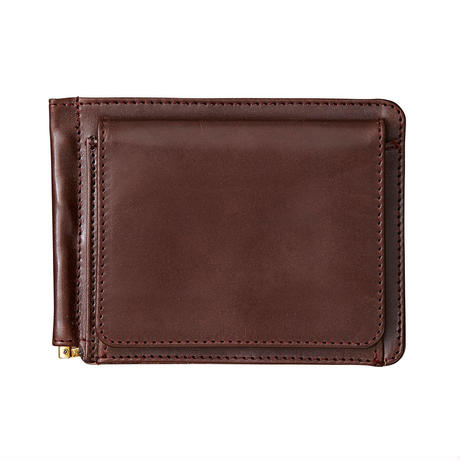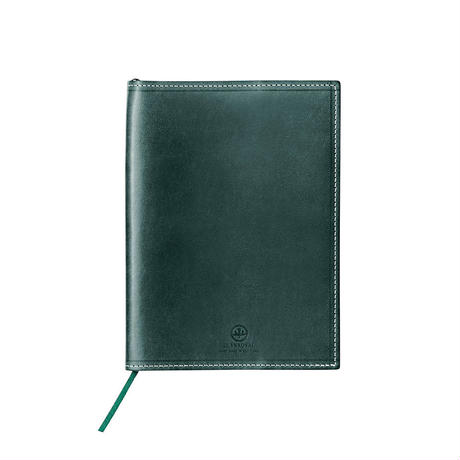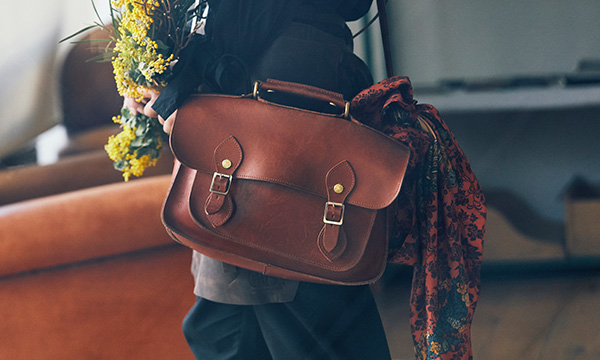No.27
An evangelist of glamping’s favourite money clip and book cover for the outdoors
Head of "Camping with Soul Japan"Taisuke Yokota
Simple products with polished functions.
Longer use enables enjoyment of the synergy between things.
Camping with Soul is a camping gear maker born in London, England in 2006. Enchanted by the brand’s concept and classic bell-shaped tents, Taisuke Yokota made a heartfelt negotiation to open a Japanese branch. Since then he has spent his days spreading the word about the wonders of glamping through his own actions. As it happens, Taisuke is a firm fan of Glenroyal products for use at home, in the office or even outdoors. Join us as we find out why and what he finds so appealing about his favourite items.
Going into the field to spread the word about glamping.
━Tell us about your current line of work.
I head up the Japanese subsidiary of the tent brand “Camping with Soul.” My main job is to sell our flagship product, a British style of tent called the “bell tent,” but occasionally I go a step beyond this and team up with campground owners and event organizers around Japan to take on the overall production for their space or event. The brand itself arrived in Japan in 2017, and for the initial year we operated our own campground so that we could build knowhow that would then allow us to produce similar setups for others. I spend pretty much the entire year out camping somewhere in the field in Japan, so I end up driving some pretty incredible distances. They say that most people drive 1,000km in a year, but in my case it’s more like 35,000km (laughs).
Most recently I set up a glamping site nearby Kamaishi Unosumai Memorial Stadium in Iwate Prefecture coinciding with the Rugby World Cup. The region had suffered tsunami damage, so I was happy to be able to show the local children by pitching a tent by the sea that while, yes, the sea can be scary, it can also be a lot of fun. I’m planning more charity glamping projects like this in other areas that have been struck by natural disasters. If I’m working out in a nature like this, I prefer to be doing it in a way that helps contribute to recovery.

A respect and attitude toward nature learned in Britain.
━Why did you study abroad in Britain before starting your company?
I’ve always been a clothes horse and was doing some soul-searching about what I thought was cool or beautiful. The thing is, when I worked for a fashion brand seeing people who don’t do art wearing painter pants never quite gelled with me (laughs). I eventually quit this job and moved back to my hometown with the vague notion that I’d rather go to a place that is more about having real experiences than just primping one’s outer appearance, and that’s when I reconnected with the splendour of nature. At the same time I also learned of the environmental perils our planet faces. I felt that it would be best if I learned English since these are global issues, so I chose Britain as my place of study. I had stayed there for a month once during my backpacker days, so it felt like it tied back into the roots of everything happening in my life now, too. They say the UK has a lot of lush nature, but the truth is even the bears there went extinct 1,000 years or so ago. That’s why I think they’ve come back around to having a deeply-rooted culture of caring for the environment. For example, after leaving a small boutique on one bright day, the staff said to me, “Enjoy the sun.” Precisely because of the land where it’s cloudy and rainy so often that you hardly get any clear sun, I felt that the person would want me to enjoy nature, so whose words really lingered in my mind.
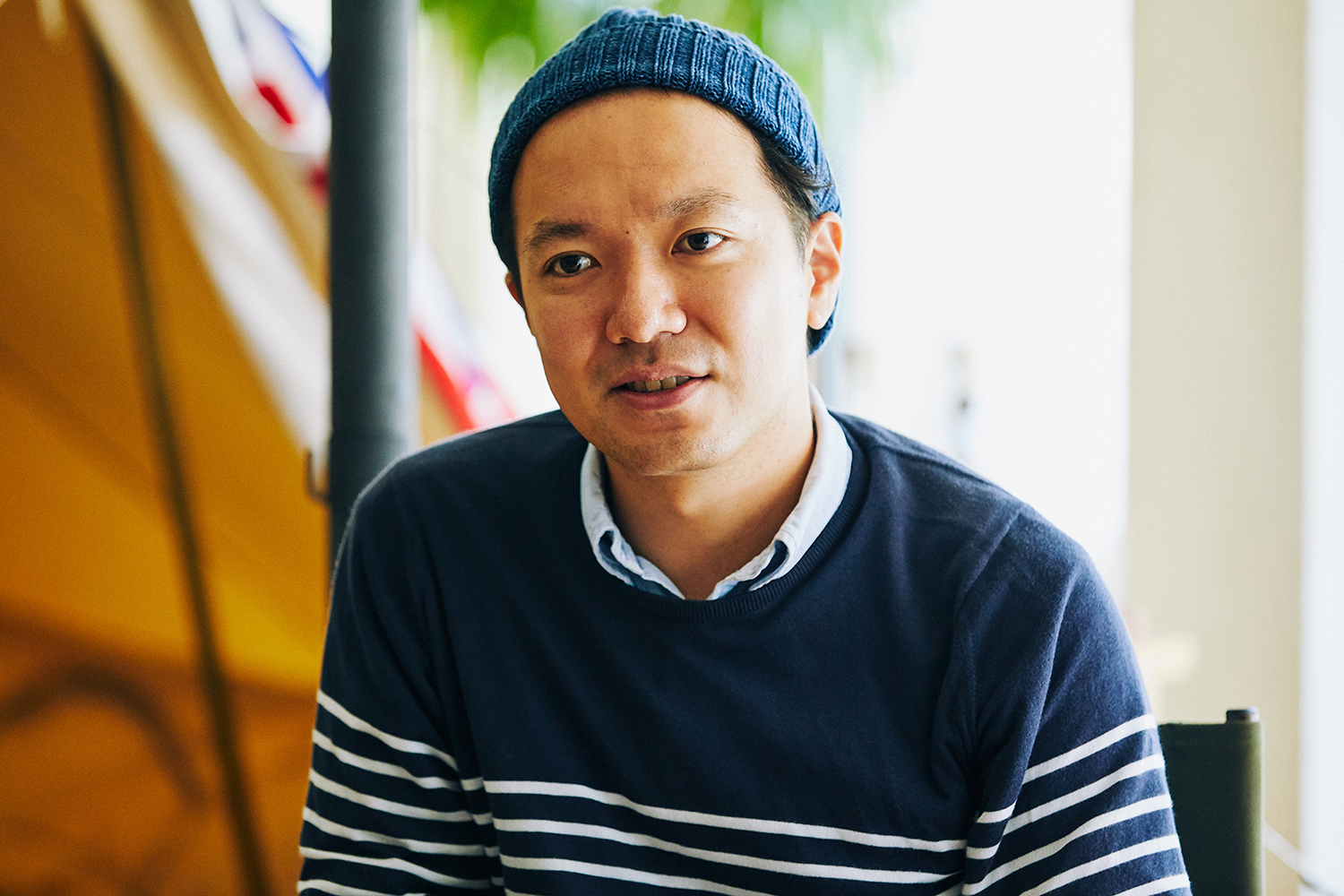
Heightening spiritual satisfaction outdoors through glamping.
━What differentiates camping from glamping?
Actually I don’t really describe what I do as “glamping” – I just call it camping. The image of glamping in Japan is more of an all-in-one experience of having a concierge and chef to take care of everything from your meals to where you bed down for the night. I only learned about glamping when I met the people from Camping with Soul while I was living in the UK, but all they were doing was setting up tents in fields or on the beach while bringing along a few “extras.” Bringing extra cooking equipment or warm bedding still falls within the realm of camping, whereas with glamping we’re talking more like decorating one’s tent with favourite pieces of furniture from home, paintings or seasonal flowers. What I’m trying to get at, though, is that sleeping on a bed isn’t a determining factor at all; if you don’t have anything special with you and you’re content with that, you can still call it glamping. So I view the term as referring to that level of spiritual satisfaction. People may perceive it with a different meaning here in Japan, but that’s exactly why I’m collaborating with automobile makers to actively promote the style of packing up your tent and whatever you like into your car take out camping yourself.

An emphasis on stories and connections with products.
━What sort of standards do you adhere to when buying products?
There’s a line I really love in the Christian Bible that states: “So we fix our eyes not on what is seen, but on what is unseen, since what is seen is temporary, but what is unseen is eternal,” and I think perhaps this is exactly the mind-set I have when I choose products most of the time. What’s more important to me than the actual physical product I see is being able to resonate with the story behind it, with the connections it builds. For example, my beloved Land Rover that I spend over half of the year traveling with helped connect me with the British Chamber of Commerce in Japan, since it is something I had them pick out for me after telling them of my lifestyle and what I needed. I generally only buy things I intend to use for a long time, so I intend to use this truck for the next decade at least. And even if it does break down, my connection with the people who introduced me to it will endure, and I will still have that memory of their thoughtfulness to hold onto forever. It’s because I think this way that I prefer to be out meeting people instead of stuck in an office and thus spend my time out driving around the country singing the virtues of our tents. Interacting with the customers directly like that gives rise to something more valuable than the actual product.

A brand that transforms over time without loosing any of its classy ambience.
━What are your thoughts on Glenroyal?
I had always known about the brand itself, but I only ever purchased some of its products after meeting the people at Watanabe & Co. They told me about Glenroyal’s story and the quality of their leather at a pop-up event, and this really struck a chord with me. Up to that point my concept of a product aging was limited to things like how jeans get scraped up, have threads come loose or get ripped, so I was impressed to learn how Glenroyal’s products retain their classy feel while growing ever more flavourful and fitted to their owner. This wallet got absolutely drenched once when I had it in my pocket during a rafting trip, but it feels like that only enhanced the texture of the tough, high-grade bridle leather. I always look forward to taking it to the British Made store to have it treated with cream. That’s not say I don’t want to do any of the maintenance myself; it’s more that I enjoy chatting with the shop staff while the wallet is getting serviced (laughs). I think that the way Glenroyal products build this sort of connection is what makes them truly satisfying.

Simple products with polished functions.
━What do you find attractive about these products in particular?
I bought the money clip around a year ago and the belt and book cover only recently. I’ve never been a fan of large wallets since I always keep mine in my pocket. That said, I can’t keep my change in a money clip, and I don’t want to carry a separate coin purse. That’s when I found the wallet that solved all my problems. It has pockets for cards and is very functional. I had my initials carved into the centre, but also had some slight curves added to give it more personality (laughs). The belt I bought after being impressed by the buckle that draws inspiration from British fire-fighters. It’s extremely easy to remove, something which proves useful outdoors where one often needs to change clothing to suit the terrain. My version of glamping often involves bringing a book along, and this has unfortunately has led to some of my reading material getting sopping wet when it was accidentally left outside.
This book cover provides at least a little protection and in general makes me feel like I’m living the good life when I read outdoors. Despite their simple designs, each of these products is very polished in terms of their functions. I think they share many things with our bell tent in these regards. Another thing: I prefer to bring item made with natural materials with me on my outdoor excursions, not those that are products of science. Tackling environmental issues is still very much just a movement here in Japan, but when it really settles in as part of the culture I feel that the low-tech yet refined functionality of products like these will once again find traction among the people.
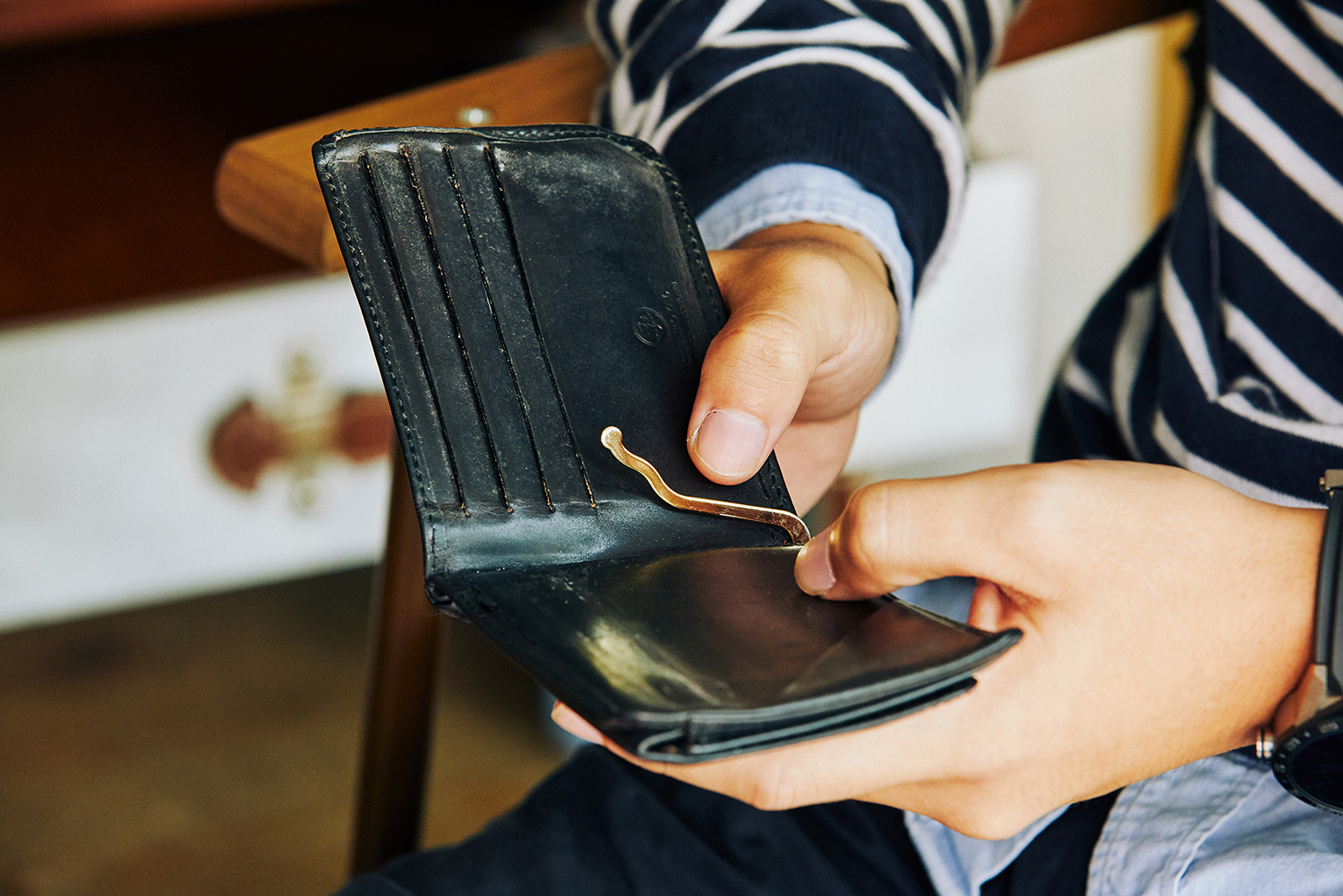


photo Masahiro Sano textK-suke Matsuda (RECKLESS)
Head of "Camping with Soul Japan"
Taisuke Yokota

Taisuke Yokota was born in Saitama Prefecture. After leaving his job at a fashion brand in 2015, he ventured to Britain. There he met London tent brand “Camping with Soul,” gaining a stronger interest in the outdoors and forest conservation. In 2017, Taisuke established the Japan subsidiary of said brand with himself as its representative director. In addition to selling Camping with Soul’s iconic bell tent, he also uses various approaches to preach the virtues of glamping.
https://www.cwsjapan.co.jp
photo Masahiro Sano textK-suke Matsuda (RECKLESS)
